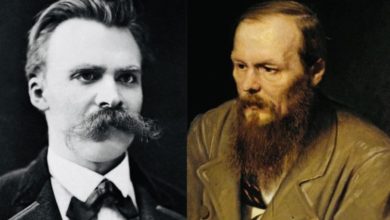By Khaza Mokhammed Ph.D. Philology Adele Cain M.A.

By Khaza Mokhammed Ph.D.
3/3
The Regular Park is located in front of the imperial residence. Its pearls are two sculptures: “Peace” and “Splendor”. The Cameron Gallery, named after Charles Cameron, is located between the landscape park and the Old Garden. It served as a place for entertainment in bad weather, as well as for one-on-one conversations. Nearby, there is the Freylinskiy garden, which is planted with flowering plants. Around the palace there are ponds and greenhouses, green walls made of live shrubs, a birch grove, many trees – oaks, lindens, maples and many others.
The Hermitage is located not far from the palace. This is a small but beautiful building, where meetings were organized only for those closest to the empress. It is interesting not only for its magnificent interiors, but also for its engineering solutions: there are secret passages and lifting devices. An alley leads from the palace to the Hermitage, and along it are statues of ancient heroes.
The Amber Room is the pearl of the Catherine Palace. Over a period of ten years German craftsmen created it specially for the first king of Prussia, Frederick I. Some time later, his son, the new king, presented the Amber Room to Peter the Great. It was transported to the Northern Capital in 1717. In 1743, by order of Elizaveta Petrovna, the room was supplemented with gilded wood carvings, agate and jasper mosaics, and mirrors.
However, it was difficult to keep the room due to the harsh climate, stove heating and drafts. Reconstruction was carried out four times, five of which were planned in 1941. When the Nazis occupied the palace, the Amber Room was taken out, since it was not possible to evacuate it at the beginning of the war, according to the official version, due to its fragility. But modern documents indicate that it simply did not appear on the evacuation list drawn up in 1936, and a later document simply disappeared. The workers did not have the right to take out the Amber Room without permission, and physically they could not do it – after all, in July 1941 only five people worked in the museum, and almost all of them were women.
The Nazis stole the room in order to transfer it to the Hitler Museum. It is known that for several years the panels of the Amber Room were located in Königsberg, in the Royal Castle, which was burned down in an air raid. Today, the fate of the remaining parts is still not known for certain, and the search continues.
A German officer kept a Florentine mosaic for himself during the abduction of the Amber Room as a souvenir. During the war, he deposited it with a notary, who tried to sell it in 1997. The authorities confiscated the masterpiece, and he himself was convicted. The ownership of the mosaic was passed on to his daughter. She gave it to the city of Bremen, whose authorities later transferred part of the original Amber Room to the Tsarskoye Selo Museum-Reserve.
The Amber Room that can be seen in the palace now is a recreated copy. Work on it took 24 years, using Kaliningrad amber, and a German energy company co-financed the project. Its opening was timed to coincide with the 300th anniversary of St. Petersburg.
The Menshikov Palace became the first stone building in the new Russian capital. Its construction lasted four years and was completed by 1714. The palace was designed by architects Giovanni Maria Fontana and Gottfried Johann Schedel. This three-story building with an attic has long been one of the most luxurious in St. Petersburg. Here, solemn dinners of the royal family and even weddings were held – Tsarevich Alexei with the German princess Charlotte Sophia, and Anna Ioannovna with Friedrich Wilhelm, Duke of Courland.
An urban legend is associated with the palace: Alexander Menshikov, the first governor of St. Petersburg, had to pay Peter a fine of two hundred thousand rubles. In order to pay this debt, he sold some of the furnishings of his palace. Pyotr Menshikov was ashamed: “On your first day of admission, if I find here the same poverty that does not correspond to your rank, I will make you pay another two hundred thousand rubles.” Menshikov fulfilled the Tsar’s will, and his house again shone with rich decoration.




